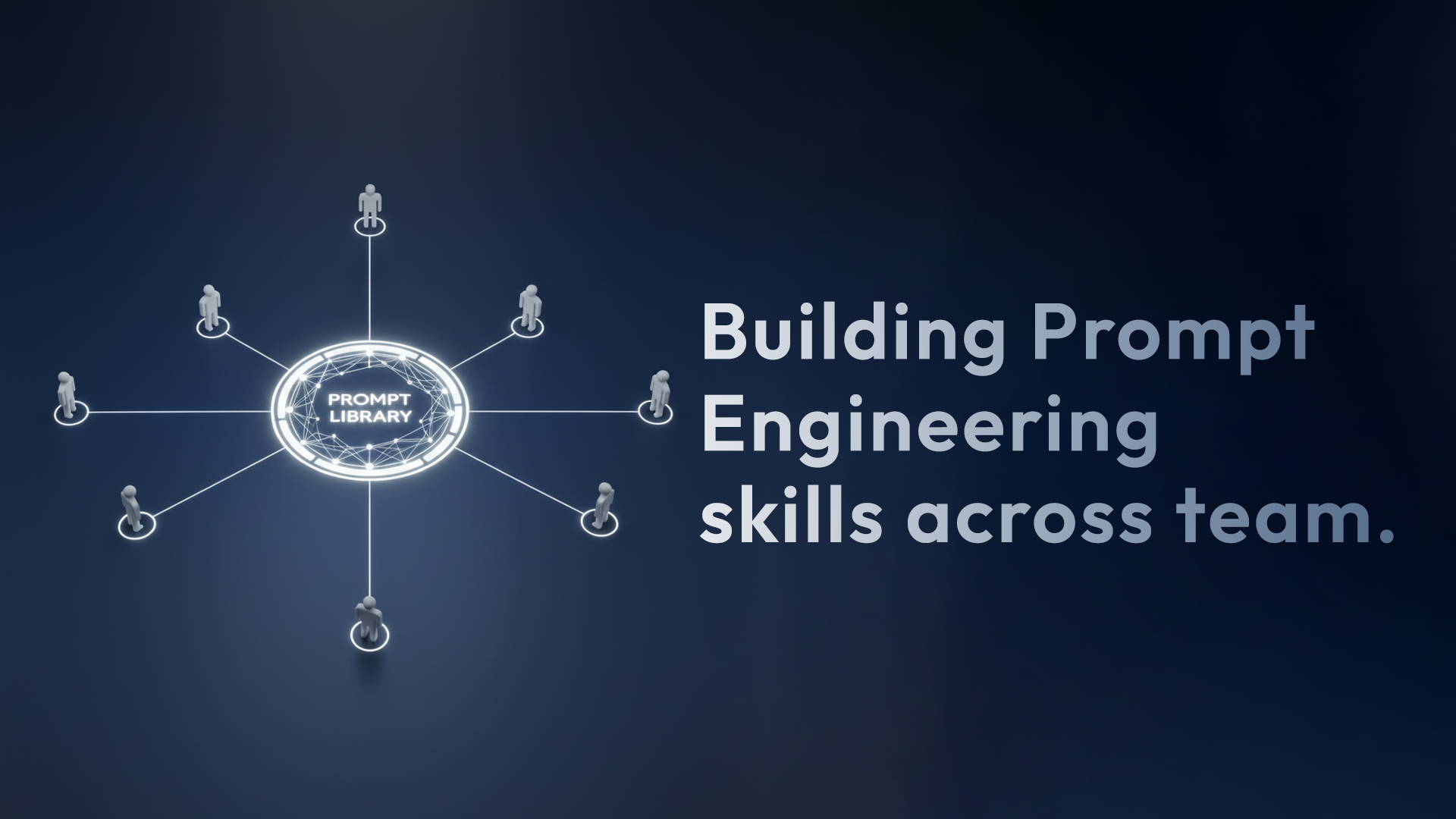Prompt Engineering in AI: Why It Matters and How to Use It

Prompt Engineering in AI
Prompt engineering in AI is the skill of writing clear instructions that guide artificial intelligence to deliver useful answers. The way you frame a request makes all the difference. If the instruction is vague, the result will often feel generic. If the prompt is sharp and specific, the output becomes structured, relevant, and ready to use.
For example, asking “Write me a pitch deck” will produce a broad response. But if you say “Create a 10-slide pitch deck for seed investors. Focus on market size, traction, and business model. Use bullet points only,” the AI generates something far more practical.
This is the essence of prompt engineering in AI. It is not about tricking the system. It is about communicating clearly enough for the AI to act like a true partner in your work.
The Real Role of Prompt Engineering
Many think prompt engineering is just a list of quick tips, like “be specific” or “use examples.” But in practice, it is closer to product design. It shapes how AI fits into real tasks.
Take two teams using the same AI tool. One asks: “What are customer pain points in e-commerce?” The result is a surface-level list anyone could guess. The other asks: “Analyze 100 Amazon reviews of fitness apps. Extract top complaints about sign-up. Suggest fixes used in SaaS onboarding.” That second prompt leads to sharper insights that can guide real decisions.
The difference is intent. Good prompts reduce noise. They produce reliable outputs that teams can use in research, product planning, and operations. This is why prompt engineering in AI is becoming a skill worth learning across every industry.
Strategies Behind Strong Prompts
So how do you actually write better prompts? A few simple strategies make a big difference:
1. Role-based prompts When you assign the AI a role, the answers change. Try: “Act as a UX researcher. Summarize onboarding issues in a SaaS app.” The AI organizes responses the way a researcher would.
2. Chained prompts Break tasks into smaller steps. First, ask for broad options. Then refine one. Then request a structured output. Instead of one giant question, you get a process that is easier to control.
3. Constraint-driven prompts Give clear limits. Example: “Summarize this 20-page report in 150 words. Use bullet points. Focus only on customer churn risks.” Constraints force precision and save you from sifting through fluff.
Together, these strategies make prompts not only more powerful but also repeatable. That is key when AI moves from personal use to company-wide workflows.

Why Founders Should Care About Prompt Engineering in AI
Founders live in a world of tight timelines and constant decisions. In this setting, prompt engineering is not a side skill, it is leverage. A weak prompt wastes time. You might get five pages of generic text when all you needed was a one-page summary. A strong prompt cuts hours from a task. Imagine drafting an investor update, preparing a product roadmap, or analyzing customer feedback. With well-engineered prompts, these become faster and more structured. For founders, the value is not just saving time. It is about clarity. Clear prompts create clear outputs, which lead to sharper insights and better decisions. In fast-moving companies, that difference is worth more than just efficiency, it can shape outcomes.
Everyday Applications
Prompt engineering in AI is already reshaping daily work. Some real examples include:
Product Development: “Suggest 5 improvements to a SaaS onboarding flow. Rank them by ease of build and customer impact.”
Investor Relations: “Write a 300-word investor update. Include 3 wins, 2 risks, and next steps. Keep the tone professional but optimistic.”
Customer Discovery: “Summarize top complaints from 50 reviews of food delivery apps. Group by delivery, food quality, and support response.”
Marketing: “Create 3 headline variations for a LinkedIn ad targeting early-stage founders. Keep each under 12 words.”
HR & Operations: “Draft a 1-page onboarding checklist for a remote software engineer. Include tools, security setup, and communication guidelines.”
Notice the common thread. Each prompt is direct, structured, and practical. That is what makes the output usable in real decision-making.

Building Prompt Engineering Skills Across Teams
Prompt engineering should not stay locked with one or two “AI champions” in a company. Everyone from product managers to marketers can use it. The challenge is building consistency.
Three steps help teams scale this skill:
Share a prompt library: Store tested prompts that work well for recurring tasks.
Run quick workshops: Let teams try different prompts, compare results, and refine them.
Standardize in playbooks: Make prompts part of onboarding, customer research, or reporting workflows.
By treating prompts like reusable tools instead of personal hacks, you move from scattered use to collective advantage.
Prompt Engineering and the Future of AI Agents
The AI world is shifting toward agentic AI systems that can plan, reason, and act on their own. Even in this future, prompt engineering will remain essential. Prompts act as the rules and boundaries for AI agents. Without them, agents may drift or deliver results outside the scope you need. With strong prompts, you set the context, tone, and guardrails.
In short, prompt engineering in AI is not just a short-term skill. It is the foundation for working with smarter, more autonomous AI systems in the years ahead.
Getting Started with Prompt Engineering
If you are new to this, start small. Pick one workflow you repeat often, like writing weekly updates. Then test three different prompts for the same task. Compare the outputs. Keep refining until one version consistently works best. This trial-and-error process teaches you how wording shapes results. Over time, you will build a set of prompts that match your business style. The point is not perfection on day one. The point is learning how to give AI the right instructions, so it fits naturally into your daily work.

Why Prompt Engineering in AI Will Last
Prompt engineering in AI is not about tricks or shortcuts. It is about clarity. A well-structured prompt can turn AI into a true collaborator that saves time, sharpens insights, and produces reliable outputs. For founders, this means leverage. For teams, it becomes a shared language. And for the future, it is the bridge that connects today’s AI tools with tomorrow’s intelligent agents.
Master prompt engineering, and you make AI more than just software. You make it part of your operating system for growth.
